Marketing is the first thing anyone sees about a product. Before they have the product, they almost always have seen the website, an ad, press about it, packaging, and a range of other things about your product.
Because of this, marketing ends up being one of the most important things about getting people to use your product.
But there is always a problem with Marketing. It’s all limited. You have limited space on a page, limited space on a billboard, limited size of text and images so that people can read them. Limited time in an ad, limited attention spans of targeted audiences, it’s all limited.
This means you need to have the most effective marketing so you can get your message across with limited space, time, and attention spans.
To do this, you usually need to categorize your product into one of two categories: Simple, or complex? In many cases, this is the same as BC or BB. Business to consumer, or business to business?
When you have a simple, consumer product, marketing is usually pretty easy. You just need to show off what your product does. And if it doesn’t do anything, then you obviously have a problem.
If you have a simple product that has already been done before, you need to also include what makes yours better. For example, Google Chrome is just a web browser. But it’s a fast web browser that might make you want to use it over any other web browser.
Then, you might remember printopia. I did a simple video that showed the flaws of AirPrint and how Printopia fixes them. That’s basically what the product does.
What the product does it the use case. You the use case of printopia is to print to non airprint printers. The use case of Google Chrome is to have a better web browser (better has to become more specific when you get to marketing).
But that only applies for BC (business to consumer). When you are BB (Business to Business), your product tends to be much more complicated.
One example that I’d like to use here would be Content Rules, inc.
Content Rules provides different services that basically fixes content so that there’s less to fix after the content is translated. What that means is that you end up paying less.
The reason that content rules is unique is because it is bringing these enterprise features that usually only companies like Adobe and Google could afford, and thanks so SaaS (Software as a Service), they can provide the same software in “seats” to smaller businesses that can’t afford a full license.
But the software and list of services are huge! They do sentence structure correction, repetitive reuse, term aggregation, there are a ton of steps to use this software (which is why businesses are expected to use it, not consumers).
So how do you market it?
It’s all about the use case.
The use case: Fix problems in content so that you don’t have to fix them after translation.
Market off of THAT.
Market off of how you end up having less errors in translation that have to be fixed, which ends up that you pay less money. That’s what you need to market off of.
You might not even end up showing the product at all in your advertising. It might just be eye-catching diagrams (which can also be handy for your attention span issue).
So lets dumb all this down a bit.
BC/Simple: Market use case and specific features
BB/Complex: Market very simplified use case
So when you are creating your marketing, take a step back and remember what it is exactly that you are marketing.

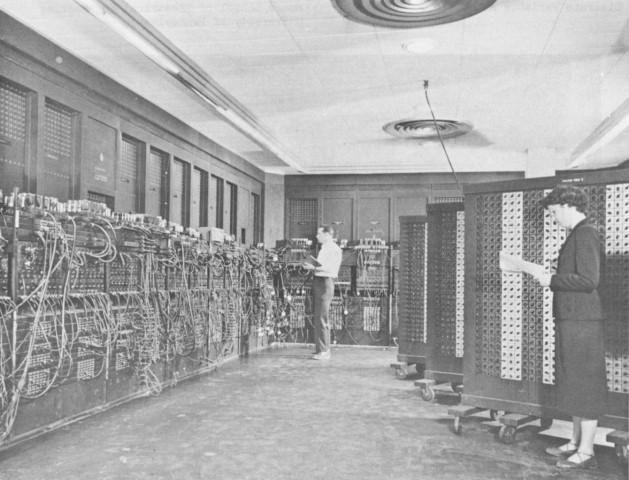


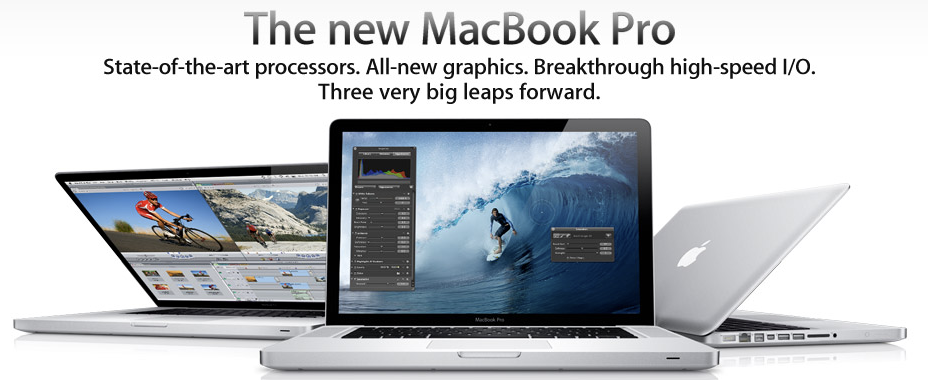
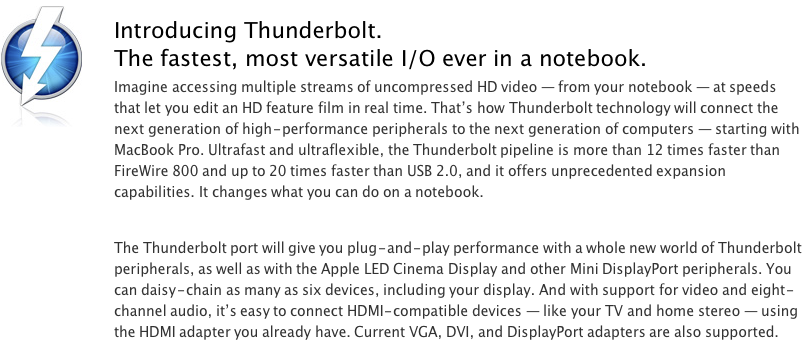
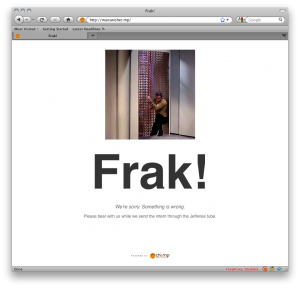

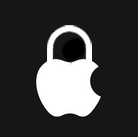
 I don’t use the iPhone. I use a Droid Incredible (P.S. A Droid Incredible commercial came on the TV JUST as I wrote that sentence. Wow!). But being the apple lover I am, I get asked why I don’t use the iPhone daily. But here’s why.
I don’t use the iPhone. I use a Droid Incredible (P.S. A Droid Incredible commercial came on the TV JUST as I wrote that sentence. Wow!). But being the apple lover I am, I get asked why I don’t use the iPhone daily. But here’s why.